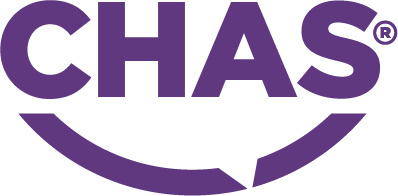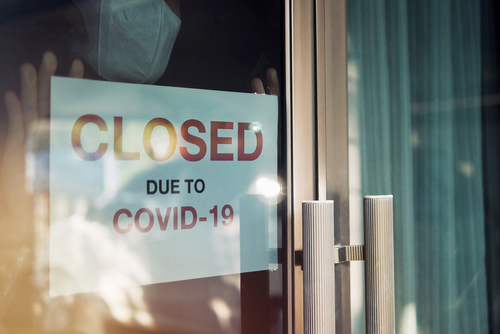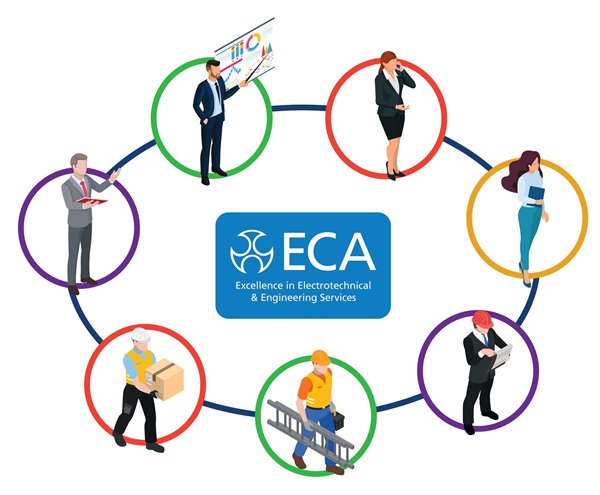Leveling the playing field

Rob Driscoll
Director of Legal and Business

ECA has long maintained a view on what constitutes standard industry practice in contracting.
Our perspective is informed by enquiries from nearly 3,000 specialist contractors. We are therefore able to highlight ostensibly onerous practices within an industry where contracts can be unforgiving.
In the construction and facilities management sectors, clients attempt to dictate the terms and conditions upon which ECA Members are engaged to carry out their works.
There are two ways in which ECA Members are commonly asked to enter into contracts with their clients, namely:
- Modified standard form contracts i.e. JCT or NEC.
- In-house bespoke terms and conditions which are procured as an investment in commercial risk protection by the client in question.
There are two reasons why modified standard forms or bespoke forms of contract come about:
- To recognise specific project risks, e.g. if the project is on a high security risk site, there may be additional contractual requirements surrounding security.
- Commercial risk transfer – in order to de-risk the commercial model of their own business, clients will often seek to push, either through the standard form modifications or the bespoke terms, as much commercial risk downwards within the contractual chain as possible.
The latter approach is intended to safeguard the profitability of their businesses, but it will often pass unmanageable and overly onerous risk on to the party carrying out the works.
ECA has published a guidance document that identifies common areas of standard form contracts – which broadly represent the industry norm for what is acceptable risk allocation – and/or bespoke terms and identify where those issues are modified to an ECA Member’s detriment.
The document also outlines the risk of those types of clauses and suggests a risk-proportionate approach and rationale for finding and negotiating a compromise which aligns the risks involved with the parties who are realistically and proportionately in a position to manage those risks.
ECA wishes to identify and inform the engineering services sector and ECA Members’ decisions on what ‘fair, reasonable and good contractual practice’ looks like. ECA remains committed to fair and open competition and this document is not designed to in any way dictate what may be an appropriate risk allocation for a specific project, or act as a substitute for ECA Members obtaining project and context specific legal advice.
ECA Members can click here to view our guidance on what are considered onerous contractual practices and how to handle them.

Rob Driscoll
Director of Legal and Business
Having joined ECA in 2018, Rob qualified as a solicitor and mediator with extensive construction and FM experience, obtained in private practice and trade associations. He is widely known in the industry for his active contribution to dialogue between industry players and Government on a range of business-related issues, on behalf of the engineering services sector.
Rob is also an SME Business Advisor to the Cabinet Office/Crown Commercial Services. He is an active advocate of digital business solutions and, based on his personal experience, a passionate advocate of the commercial benefits of mentoring, diversity and wider inclusion in industry.
Related Articles
Exciting developments in the world of payment
Cash Plans: Affordable options for every business
Six things you need to know about the Procurement Bill
Assessing the ‘mini-budget’
Why cashflow is king for electrical businesses
Government funds incentives and digital training for small businesses
CHAS: Ten issues that will affect construction supply chains in 2022
Trade bodies call for caution after ‘Freedom Day’
Construction looking to August for relief from COVID requirements
The story behind the headlines: the Prompt Payment Code
Member experiences help strengthen sector policy
Prompt Payment Code: the story behind the headlines
Lessons for our recovery
Top tips for researching your competitors
Return of private medical insurance
Life in the ECS Contact Centre
Managing buildings during and after lockdown
How independent wholesalers are competing
The month that changed everything
Interview: 10 minutes with Sean Smyth
Government procurement post-Carillion
Coronavirus: risk, uncertainty, and the supply chain
Brexit: what's next?
Ending on a High
Takeaways from the 2019 CBI Annual Conference
Are you up to date with ECAtoday?
ECAtoday is the official online magazine of ECA and reaches thousands of people within the electrotechnical and engineering services industry.
Copyright © 2024 Electrical Contractors Association Ltd
.png?width=970&height=90&ext=.png)



























